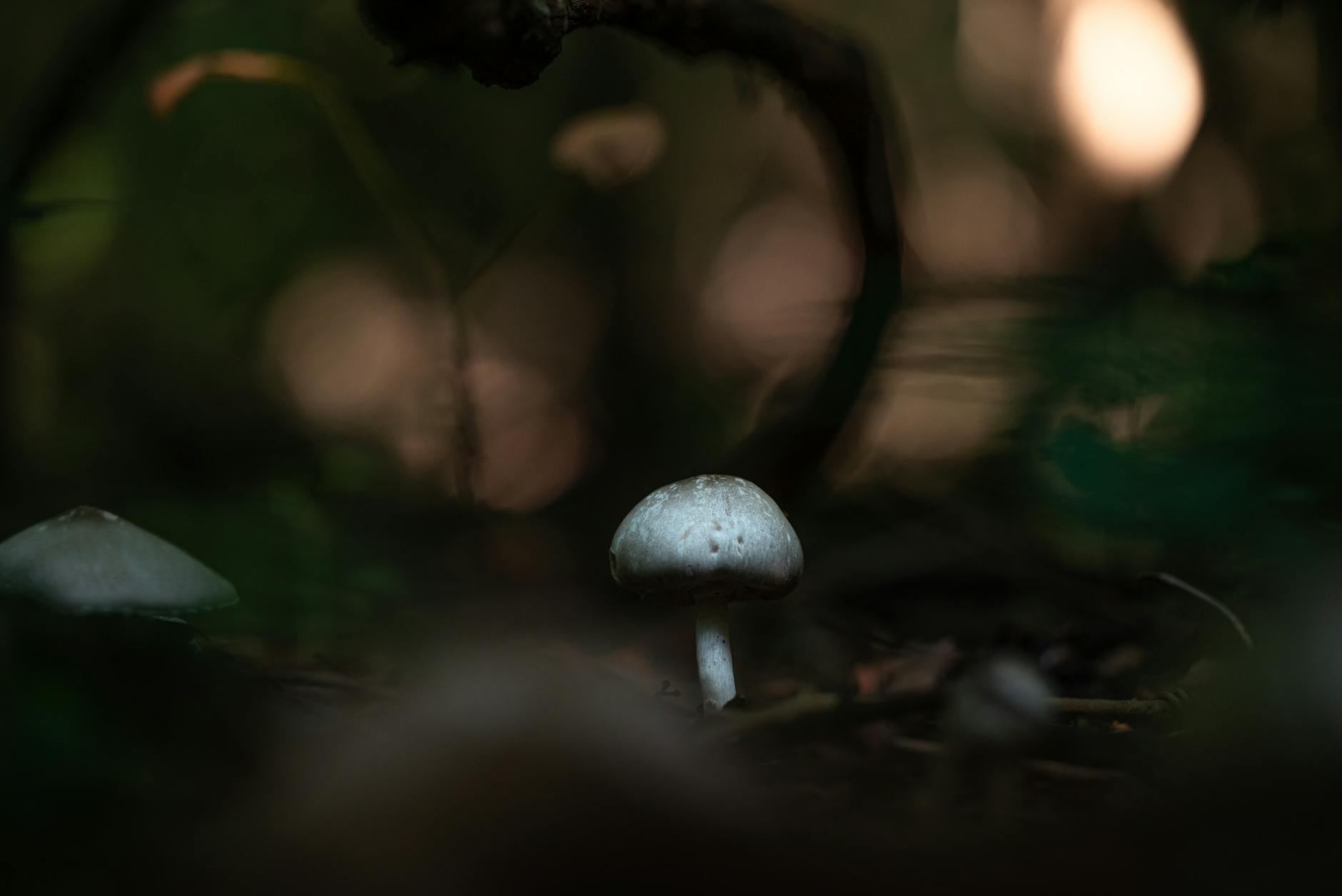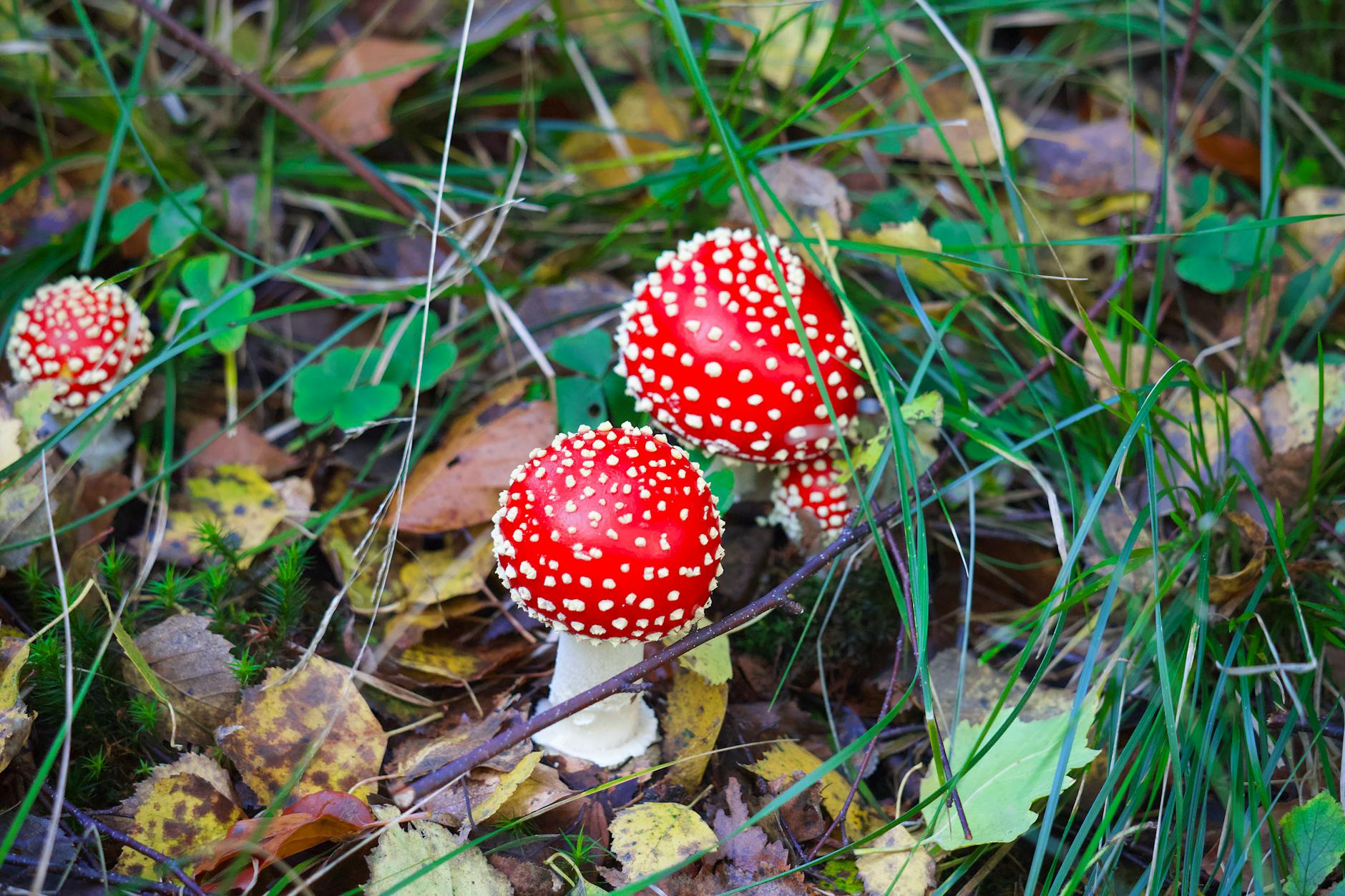Mushroom Foraging Tips: Discover Safely in the Wild
Mushroom foraging is an exciting and rewarding activity for nature enthusiasts and food lovers alike. The thrill of hunting for wild mushrooms in their natural habitat can be both exhilarating and educational. However, it is crucial to approach mushroom foraging with caution, as not all mushrooms are safe to eat. By following some essential tips and guidelines, you can enjoy the experience of mushroom foraging while keeping yourself safe from potentially harmful species.
Understanding Mushroom Identification
The first and most crucial step in mushroom foraging is learning how to identify different mushroom species accurately. It is essential to familiarize yourself with the distinguishing features of edible mushrooms and the characteristics of toxic varieties. Investing in a good field guide or attending a mushroom identification class can help you build the knowledge and skills needed to differentiate between edible and poisonous mushrooms.
Choosing the Right Location
When embarking on a mushroom foraging expedition, it is vital to select the right location. Look for diverse habitats such as woodlands, meadows, or parks where mushrooms are likely to thrive. Avoid areas that may be contaminated with pollutants or pesticides, as these can pose a risk to both you and the mushrooms themselves. Additionally, always seek permission from landowners before foraging on private property.
Timing is Key
Timing plays a crucial role in mushroom foraging. Different mushroom species have specific growing seasons, and they are most abundant during certain times of the year. Research the optimal time to forage for the types of mushrooms you are interested in and plan your foraging trips accordingly. Remember that weather conditions, such as rainfall and temperature, also influence mushroom growth, so keep an eye on the forecast before heading out.
Use Proper Equipment
When venturing into the wild to forage for mushrooms, ensure you have the right equipment on hand. A sturdy basket or foraging bag is essential for collecting mushrooms without damaging them. A small knife can be handy for cutting mushrooms at the stem to avoid pulling up the entire fungus. It is also a good idea to bring a field guide, a magnifying glass for close inspection, and possibly some gloves to protect your hands.
Start Small and Seek Advice
If you are new to mushroom foraging, it is best to start small and focus on easy-to-identify species. Consider joining a local mycological society or mushroom foraging group to connect with experienced foragers who can offer guidance and tips. Building a network of fellow mushroom enthusiasts can help you learn more about mushroom hunting locations, identification techniques, and safe foraging practices.
Practice Caution and Research
Even experienced foragers should exercise caution when picking wild mushrooms. Always be 100% certain of the identification of a mushroom before consuming it. Remember the golden rule: when in doubt, throw it out. Poisonous mushrooms can resemble edible ones, so never take risks when unsure about a specimen. When in doubt, you can always consult a mycologist or a knowledgeable forager for assistance.
Conclusion
Mushroom foraging is a delightful pastime that allows you to connect with nature and enjoy the thrill of discovery. By following these essential tips and guidelines, you can safely explore the fascinating world of wild mushrooms while avoiding potential risks. Remember to approach mushroom foraging with respect for the environment, awareness of safety measures, and a curious spirit of exploration. Happy foraging!


